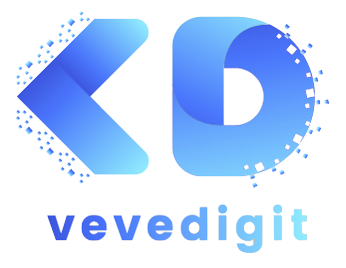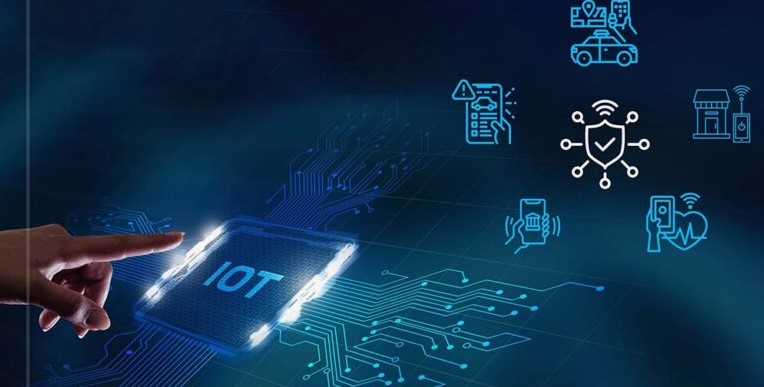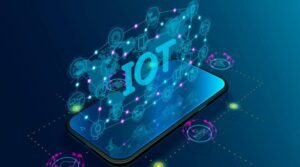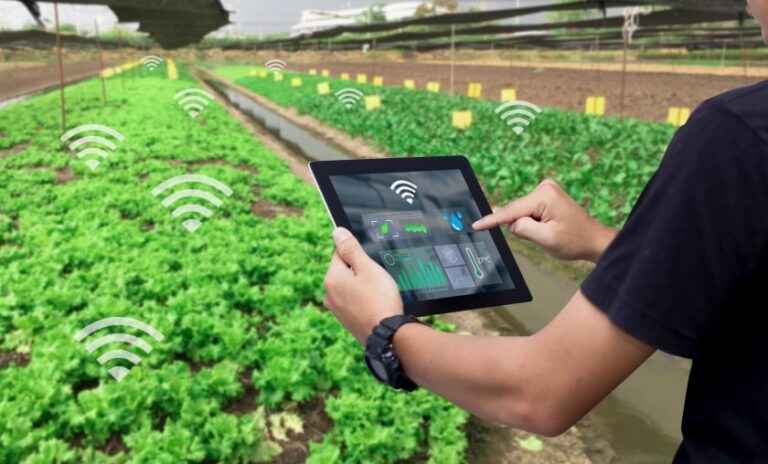Introduction to IoT Sensors
The Internet of Things (IoT) has transformed industries by enabling seamless connectivity and automation. At the heart of IoT technology are sensors, which collect and transmit real-time data to optimize performance, efficiency, and decision-making. Whether in smart homes, industrial automation, or healthcare, IoT sensors play a pivotal role in modern technological advancements.
Types of IoT Sensors and Their Applications
1. Temperature Sensors
Use Cases:
- Smart thermostats in homes
- Industrial climate monitoring
- Healthcare applications for patient monitoring
- Food storage and refrigeration systems
- Smart agriculture for crop health monitoring
2. Motion Sensors
Use Cases:
- Security surveillance systems
- Automated lighting and HVAC control
- Wearable fitness trackers
- Gesture recognition in smart devices
- Automotive crash detection systems
3. Proximity Sensors
Use Cases:
- Automotive parking assistance
- Inventory tracking in warehouses
- Retail customer interaction analytics
- Smartphone touchless control
- Robotic automation systems
4. Pressure Sensors
Use Cases:
- Automotive tire pressure monitoring systems (TPMS)
- Weather prediction and meteorology
- Industrial fluid dynamics
- Medical devices such as blood pressure monitors
- Aerospace altitude monitoring
5. Light Sensors
Use Cases:
- Smart street lighting
- Display brightness adjustment in devices
- Agricultural applications for sunlight exposure monitoring
- Automated blinds and shading systems
- Photovoltaic system efficiency optimization
6. Gas Sensors
Use Cases:
- Air quality monitoring
- Industrial safety in hazardous environments
- Smart kitchen and fire safety systems
- Leak detection in oil and gas pipelines
- Automotive emission control
7. Humidity Sensors
Use Cases:
- HVAC system efficiency enhancement
- Agricultural climate control
- Medical storage conditions monitoring
- Textile industry moisture control
- Weather forecasting systems
8. Gyroscopic Sensors
Use Cases:
- Drone stabilization
- Vehicle navigation systems
- Augmented Reality (AR) and Virtual Reality (VR) devices
- Robotics balance and motion control
- Sports training and analytics
9. Accelerometers
Use Cases:
- Fitness tracking wearables
- Anti-theft vehicle tracking
- Earthquake detection systems
- Fall detection for elderly care
- Industrial vibration analysis
10. Biometric Sensors
Use Cases:
- Fingerprint recognition for security
- Facial recognition in mobile devices
- Healthcare vitals tracking
- Iris and voice recognition systems
- Smart access control systems
More Related Post: Exploring Inter IoT: Connecting Devices Like Never Before
How IoT Sensors Work

IoT sensors collect data by detecting environmental or physical conditions and converting them into electrical signals. These signals are then transmitted to cloud platforms or edge computing systems, where AI and machine learning analyze the data for actionable insights.
IoT Sensor Connectivity and Protocols
IoT sensors rely on multiple connectivity technologies, including:
- Wi-Fi: Ideal for smart homes and industrial applications.
- Bluetooth Low Energy (BLE): Used in wearables and health monitoring.
- Zigbee/Z-Wave: Preferred for home automation.
- LoRaWAN: Best for long-range, low-power applications.
- NB-IoT & LTE-M: Used for wide-area IoT deployments.
- 5G: Enables ultra-fast, low-latency IoT applications.
- RFID: Used in inventory and asset tracking.
Advantages of IoT Sensors
- Real-time monitoring: Ensures data-driven decision-making.
- Automation: Reduces human intervention and errors.
- Predictive maintenance: Prevents equipment failures and downtime.
- Energy efficiency: Optimizes resource utilization.
- Improved security: Enhances surveillance and threat detection.
- Cost reduction: Lowers operational expenses through efficient resource management.
Challenges in Implementing IoT Sensors
Despite their benefits, IoT sensors pose challenges such as:
- Data security concerns: Vulnerability to cyber threats.
- Interoperability issues: Compatibility across different devices.
- Power consumption: Energy constraints in battery-operated sensors.
- Cost of deployment: Initial investment for large-scale applications.
- Data overload: Managing and analyzing massive amounts of sensor data.
Future of IoT Sensors
With advancements in AI, edge computing, and 5G, IoT sensors are set to become more efficient, secure, and versatile. Innovations like self-powered sensors, AI-driven analytics, and enhanced cybersecurity measures will further drive the evolution of IoT technology. Future trends include:
- Miniaturization of sensors: Making them more compact and versatile.
- Integration with AI and ML: Enabling predictive analytics and automation.
- Blockchain for IoT security: Ensuring secure data transmission.
- Self-healing sensors: Reducing maintenance needs.
- Sustainable IoT sensors: Reducing environmental impact.
Conclusion
Mastering IoT sensors is essential for harnessing the full potential of IoT technology. From improving efficiency to enabling smart automation, IoT sensors continue to redefine industries, making our world more connected and intelligent. As technology advances, businesses and consumers alike must adapt to the latest trends to stay ahead in the IoT revolution.
Frequently Asked Questions (FAQs)
1. What is an IoT sensor?
An IoT sensor is a device that detects and collects environmental or physical data and transmits it to an IoT system for analysis and action.
2. How do IoT sensors communicate?
IoT sensors use connectivity protocols such as Wi-Fi, Bluetooth, Zigbee, LoRaWAN, and cellular networks to transmit data.
3. What industries benefit from IoT sensors?
Industries such as healthcare, manufacturing, agriculture, smart homes, and transportation benefit from IoT sensor applications.
4. What are the security risks associated with IoT sensors?
IoT sensors can be vulnerable to cyber threats such as hacking, data breaches, and unauthorized access if not properly secured.
5. How can IoT sensors improve business operations?
They enable real-time monitoring, predictive maintenance, automation, and energy efficiency, leading to cost savings and improved productivity.
6. What is the role of AI in IoT sensors?
AI enhances IoT sensors by enabling data analysis, predictive insights, automation, and anomaly detection.
7. How do IoT sensors work in smart homes?
IoT sensors in smart homes control lighting, security, temperature, and appliances for automation and energy efficiency.
8. Are IoT sensors expensive?
Costs vary depending on the type of sensor, its application, and connectivity requirements. Prices have been decreasing with advancements in technology.
9. What is the lifespan of an IoT sensor?
It depends on factors such as battery life, environmental conditions, and maintenance, typically ranging from a few years to over a decade.
10. What are self-powered IoT sensors?
Self-powered sensors use energy-harvesting techniques, such as solar, kinetic, or thermal energy, to function without batteries.





